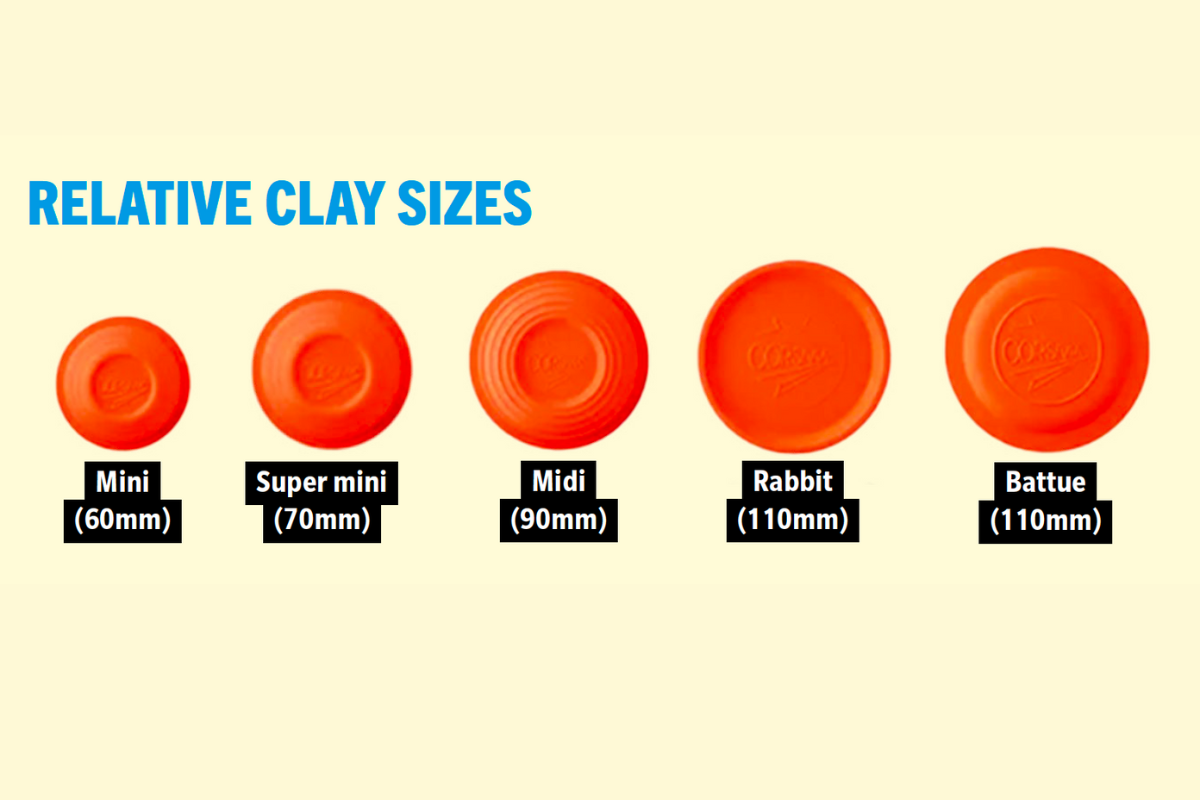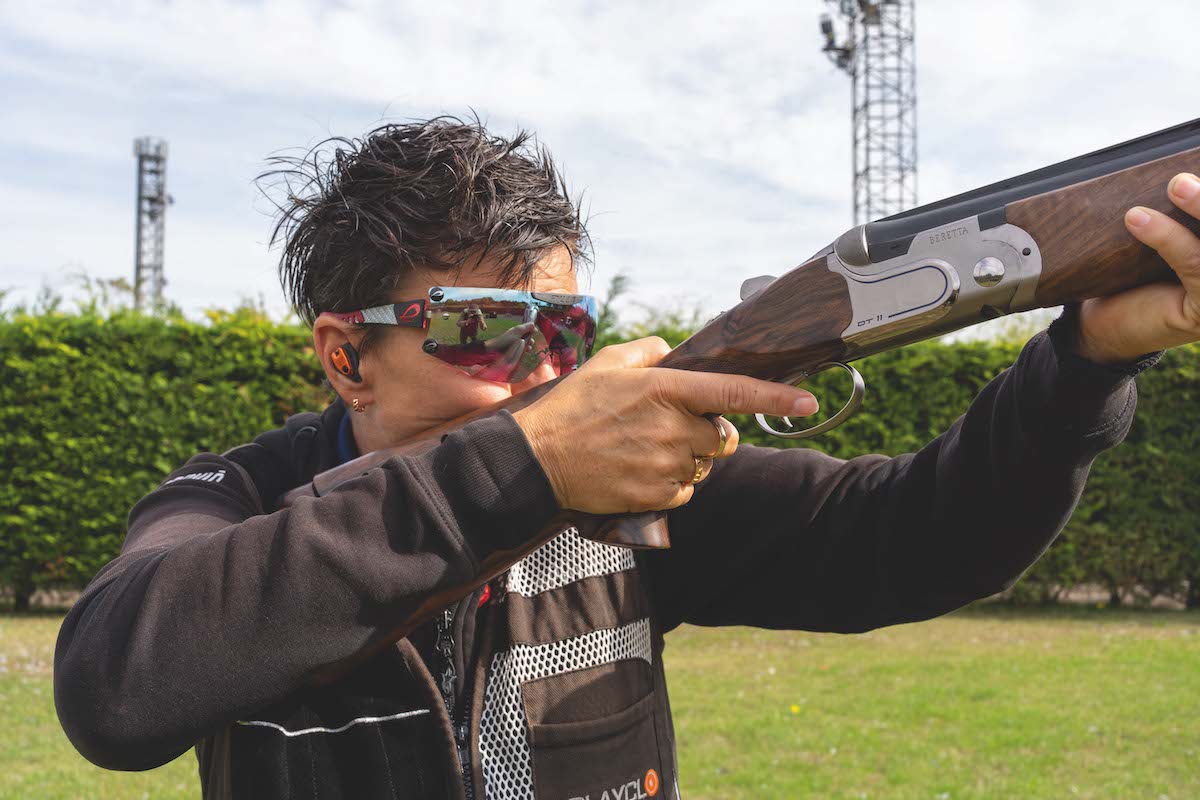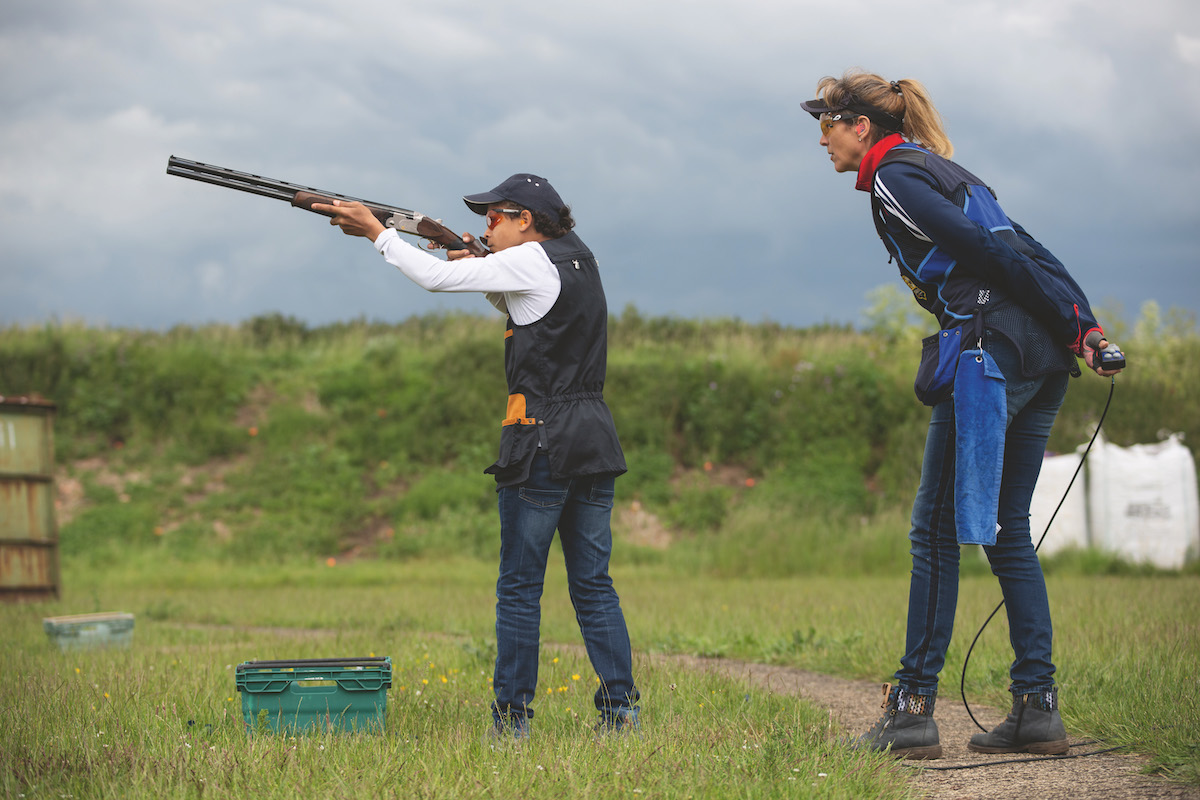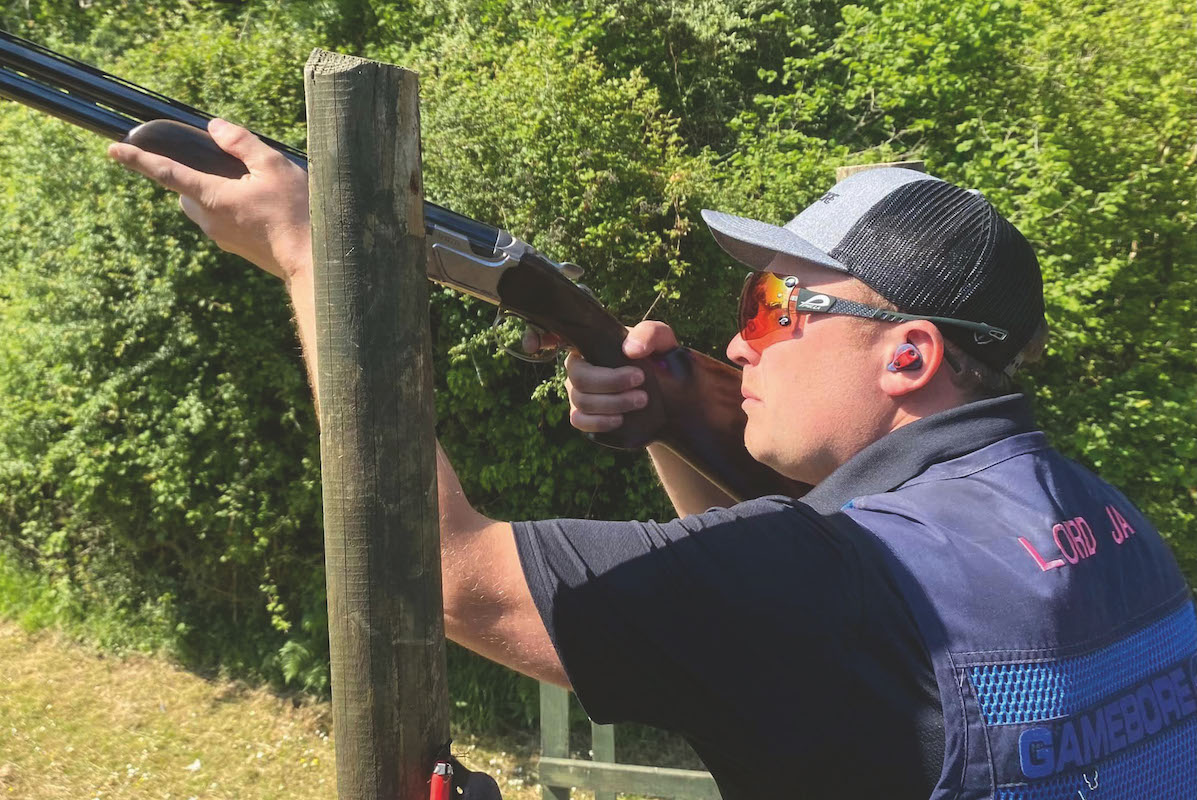Clay pigeon sizes: knowing what they are will help you to improve your score
Clays and traps are designed to give a variety of target presentations. Knowing what they are can help you improve your score, says Tony Bracci

Clay pigeon sizes
It might help us get higher scores if we better understand what we are shooting at and how they are launched. In this article we will be looking at the variety of different clay pigeon sizes (targets) as well as the types of traps that throw them. (Read 15 of the best shotguns for clay pigeon shooting.)
Clay pigeon sizes
Targets come in four different clay pigeon sizes. A standard target is 110mm or 4½in in diameter and is the most common target. The midi is 90mm or 3½in in diameter. The new kid on the block is the super mini which is 70mm or 2¾in. The mini is only 60mm or 23⁄8 in. Rabbit and battue targets are both 110mm (just over 4in) but are a very different shape. The battue is almost flat and thin and the rabbit is thicker around the edges to make it more robust to roll along the floor.
To help us understand how the targets vary in their flight we first have to talk about how the traps work. An electric motor on the trap rotates an arm to expand a spring. The power is cut by a roller switch as the arm rotates round, which holds the spring at tension just before the tipping point. When the button is pushed the motor pushes the arm past the tipping point and the arm moves on the energy of the spring contracting, launching the clay. The arm rotates on a one way bearing and once the energy from the spring launches the clay the motor then drives the arm to the hold point. This moves the carousel round to drop another clay onto the plate. (Read how to choose the right clay cartridge.)
The amount of tension in the spring relates directly to how fast the clay is launched and how far it will travel. Springs can come in different lengths, thicknesses and number of coils, all of which influence the energy given to the clay. On each trap the spring tension can be adjusted by tightening or loosening the connection on one end of the spring.
So, if each of the targets we have on offer were launched from a trap with the same spring how would they differ? Now there is probably a very scientific way to explain this that I would probably get wrong, so I’m going to attempt a much simpler version for my own benefit and hopefully yours.

Clay traps launch targets at different speeds depending on the tension of the spring
Flight characteristics
The size and weight of the clay have an impact on its flight characteristics. A standard clay seems to slow down quicker than a midi as it is heavier and bigger. In contrast a mini seems to slow down quickly as it has little mass to keep it going. Shooters often over lead this target because it appears to be fast as it is so small and although at first appears fast will slow down quickly.
A super mini or 70mm often catches shooters out as it is not that common and can easily deceive you on how far away it is. We use mainly midis on our driven targets as they hold their speed well and travel for a good distance. The size and shape of this clay means that more of them can be fitted into a carousel, which means fewer trips up the tower to fill up.

Standard traps spin the clay target by use of a sprung arm
Light targets
Battue targets are very light and, as they are so thin, cut through the air with great ease, making them very fast. But because they are thin they rotate on their own axis. They are launched edge-on but twist to reveal the belly of the target when they are well away from the trap. Because it is harder to hit when edge-on and easier when showing its full size, it is quite easy to predict where the breakpoint will be. (Read how to get better at battue clays.)
Rabbits are heavier in their construction to help keep them in one piece as they are rolled along the bumpy ground. This weight and resistance to the floor means they slow down quickly unless thrown downhill. (Read how to hit the rabbit target.)
So, when you’re at a stand waiting to shoot a pair of targets at your next competition, pay attention to what you’re shooting at. Can you see where the trap is located? Can you see where the target lands? This can help you judge the distance you will be engaging with the target. Can you identify the best place to shoot the target? This could be at an apex, or when the target is at its closest or when it is travelling on the flattest part of its line. By thinking about what the target is doing and what size it is will help you break more targets and post better scores.

Always pay attention to your targets and note where they land
History
Clay pigeon shooting started with real pigeons, which is why the target launcher is called a trap (it would have contained a live bird) and why we call ‘pull’ to release the target as a string was pulled to open the trap. As things moved on, glass balls filled with feathers, then terracotta or clay pigeons were shot. Targets were later made from pitch and lime and today there are eco-friendly targets that don’t contain any outlawed chemicals. They come in a variety of colours, but naturally are a sort of khaki. The older pitch and lime clays are naturally black, but can be painted. Orange (blaze) is the most common colour but white, green, pink, red and blue are also used. (Read more on the history of clay pigeon shooting.)

At one time glass balls were used
Targets are painted on the top side and usually still black or khaki underneath. Trap and skeet targets are often orange, red or vermilion. Coloured lenses in shooting glasses can help make these targets even brighter. Any size of target can be painted to help with the target’s presentation. A standard target may contain a fluorescent powder that explodes in a puff when hit – a great visual impact, but it can be expensive. As the target is launched from the trap it is pushed up the arm making the target spin, this helps stabilise it and keep it flying in a straight line. As the target slows, the spin can make the target curl off to one side.
Most traps are right-handed but there are left-handed ones that spin the target in the opposite direction. The curl can be enhanced by tilting the trap, either by lifting one side of the base or by adjusting a tilting base. This will look as if the carousel is off to one side rather than upright.
A Chondel trap releases the target from a vertical position rather than a standard trap releasing from a horizontal position. The target will therefore not travel in a straight line, unless straight up in the air or straight along the floor otherwise in a loop but the top or belly will always be visible. A rabbit target releases vertically and some Chondel traps will also throw rabbits with some adjustment. (Read more on Chondel targets here.)








